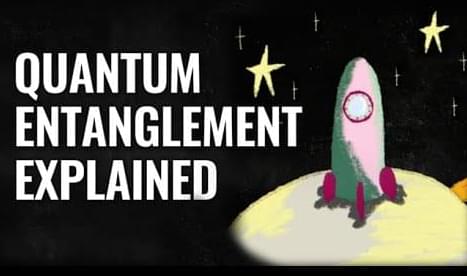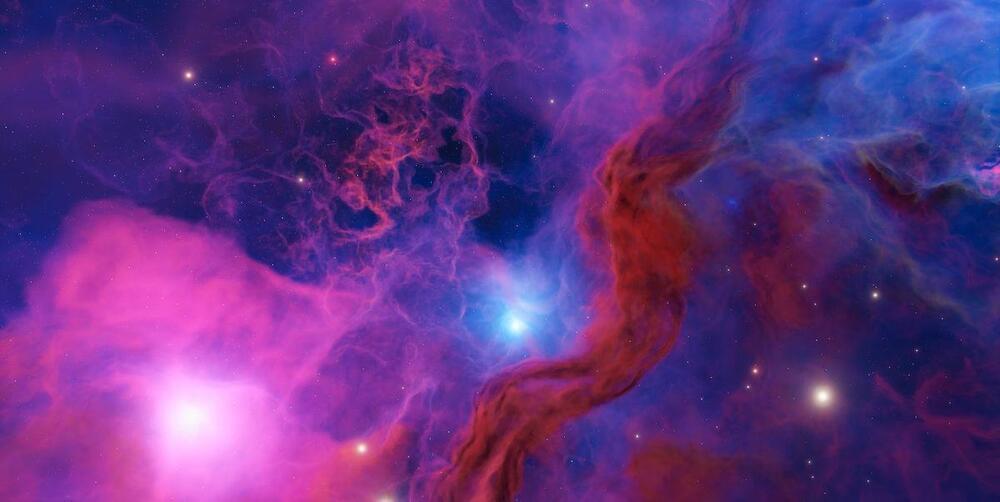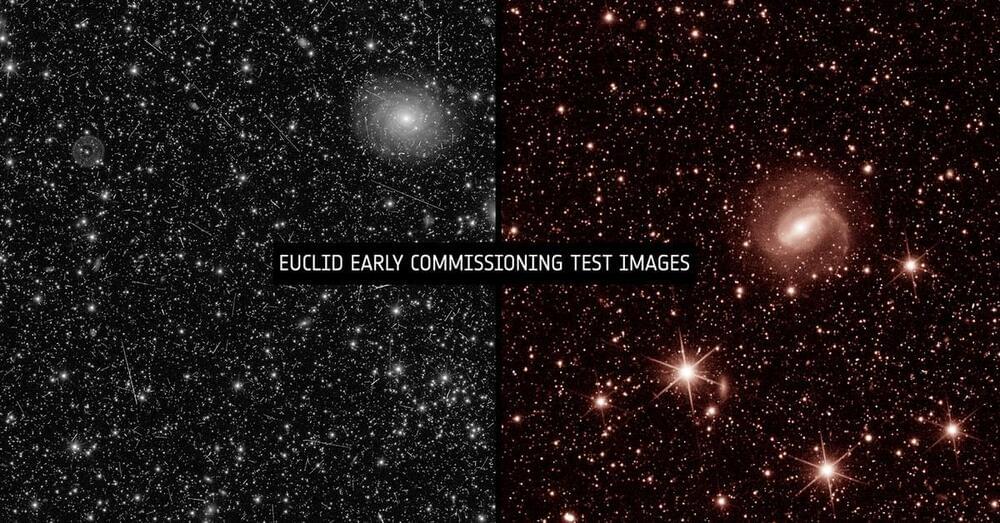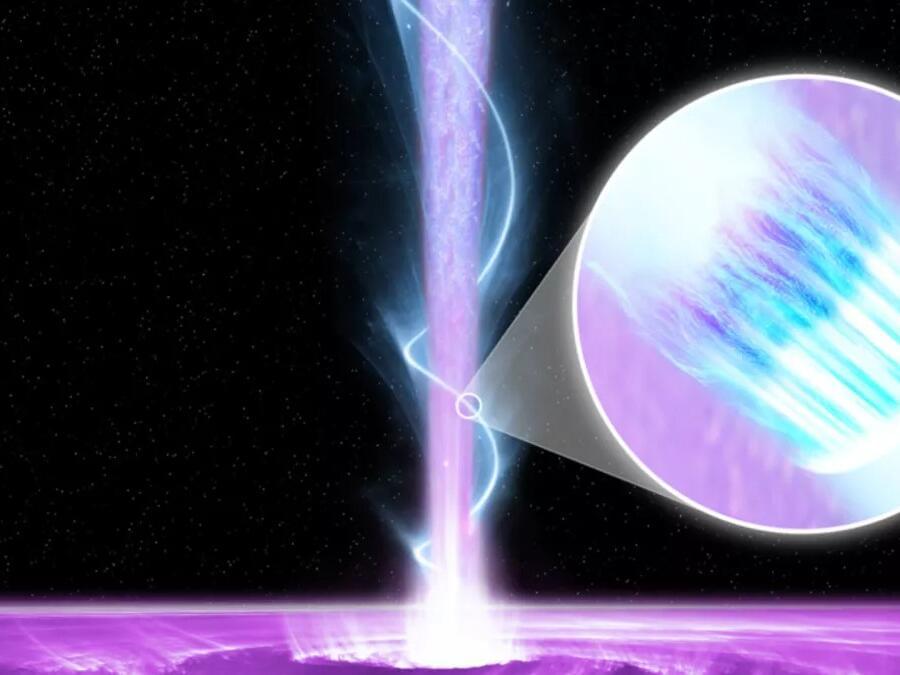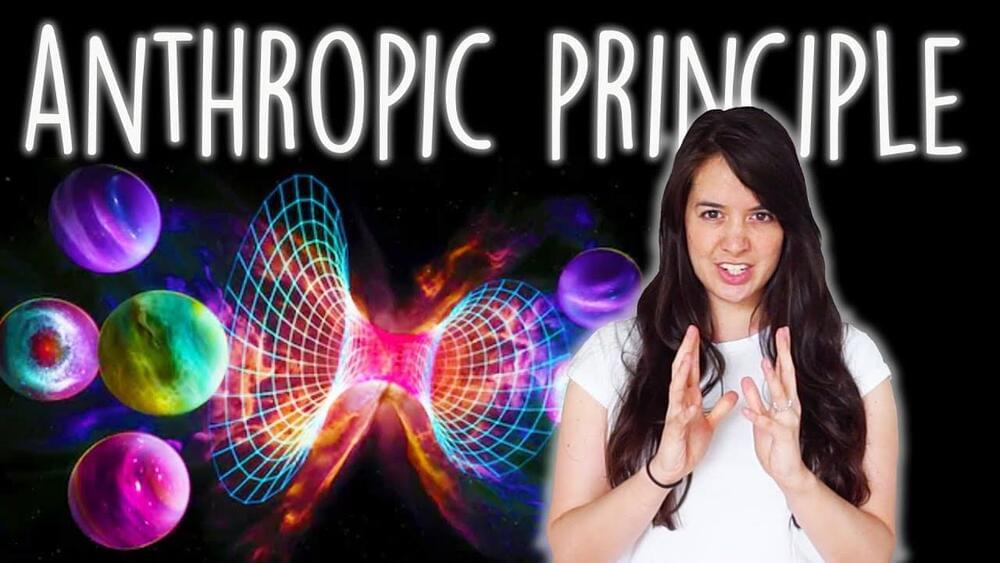Aug 2, 2023
Does space-time remember? The search for gravitational memory
Posted by Dan Breeden in categories: cosmology, quantum physics
Detecting the permanent imprints left by colliding black holes would reveal a universe saturated with infinite symmetries – and narrow the possibilities for a theory of quantum gravity.

